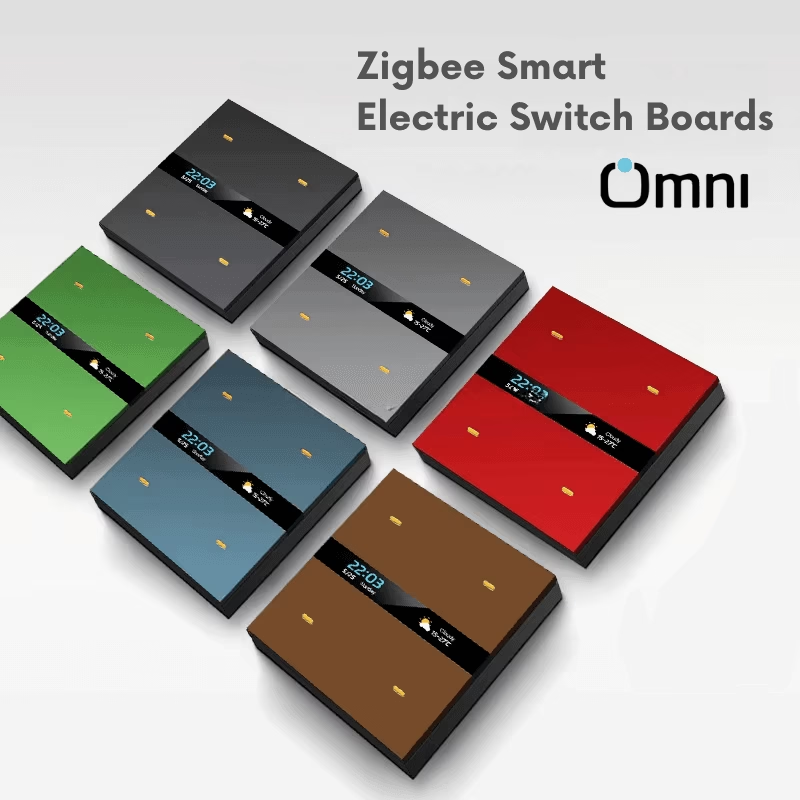What is zigbee vs Z-Wave vs IOT ? Home Automation Solutions for Pakistan.
What is zigbee vs Z-Wave vs IOT?
Zigbee is a wireless 2.4GHz IEEE 802.15.4-based protocol used to create PAN (personal area networks) with special focus on small, low-power digital radios, such as for home automation, medical device have data communication, and other low-energy use and with small bandwidth needs, designed for small scale projects which need wireless connection. Therefore, Zigbee is a low-engery consuming, low data footprint, and close proximity (PAN) wireless ad hoc network.
So in Simple words Zigbee is a standards-based wireless protocol developed to work with low-cost, low-power wireless device-to-device (M2M) and internet of things (IoT) home and industrial networks.
Zigbee vs z-wave vs IOT ?
Both ZigBee and Z-Wave, create a mesh network Device 1 connects to the central hub/router. Device 2 subsequently connect to Device 1, then Device 3 to Device 2, Device 4 to Device 3 and the signal is shared continuously in such pattern across all devices on the mesh network in order to ensure 100% network availability at all times.
In easy terms, on ZigBee and Z-Wave mesh smart home networks, all connected devices “communicate” to each other. Unlike WiFi internet of things (IOT) and Bluetooth that can only send data directly to individual devices. Although the similarities are there in their operations, how are they different as for IOt all request will pass to the remote cloud, where as Z-wave and Zigbee will communicate to the smart home hub.
Zigbee Network Devices Range.
Due to low power consumption it limits transmission distances to 10–100 meters in line-of-sight, power output and environmental factors affect the actual range. Zigbee devices can transmit over long distances by creating a mesh network of intermediate ZigBee home devices to reach more distant ones.
Zigbee Smart Home Sensors.
A wide variety of sensors are available for ZigBee smart home hubs, Smart Sensors like presence (PIR) motion sensor, door and window sensor, water leak sensor, smart gas leak sensors. All these joins together the force to give security and convenience of smart home. For example, a motion sensor can turn on light when someone walks in.
Zigbee light link.
This new Standard gives the lighting industry a global standard for inter Connectivity and very easy-to-use home lighting and control products. It allows consumers to gain wireless of all their lighting fixtures, Smart light bulbs, smart timers switches, remotes automation switch and smart power socket. Appliances using this standard will let user change lighting remotely to reflect ambiance, task or scenarios. It is specially used for latest lighting solutions for restaurants as it can control RGB LED smart Lights.
Zigbee Smart Home Hub.
Smart home hub is a combination of hardware and software that connects devices on a home automation network and facilitate intercommunication of all smart Zigbee, switches, sockets and smart zigbee sensors, you need to install a central hub for example Samsung smartthings has a Zigbee hardware hub, which can scan your home for network for available Zigbee devices, without you worrying to set up each one device individually. There are also options Wink, which acts as hubs so that you can add and control Zigbee electric switch board, all from within one single app.
Zigbee devices to try
- Amazon Echo Plus
- Belkin WeMo
- Bosch Security Systems
- Omni Cloud Solutions
- Philips Hue (Signify)
- Samsung SmartThings
- Yale smart locks




One comment
Zahid
very nice written artificial, explains the confusion to me